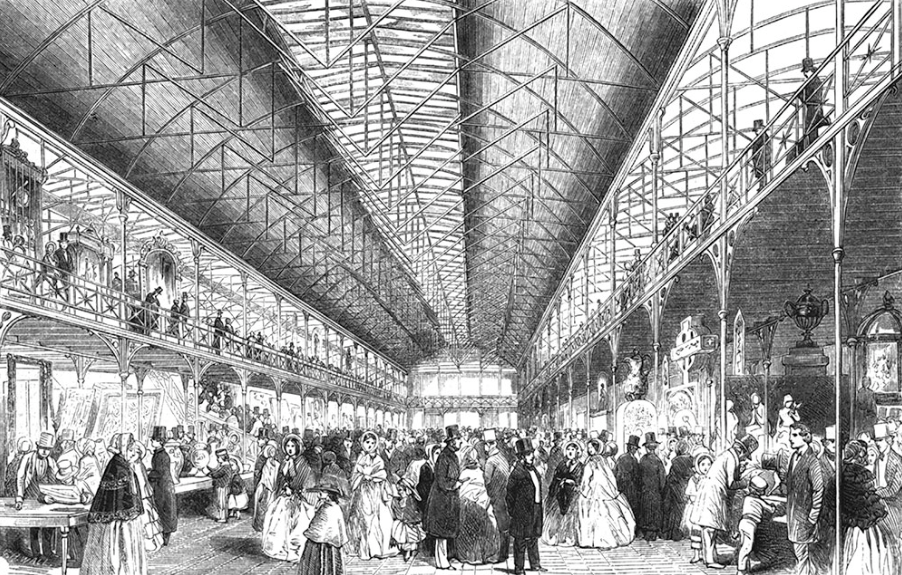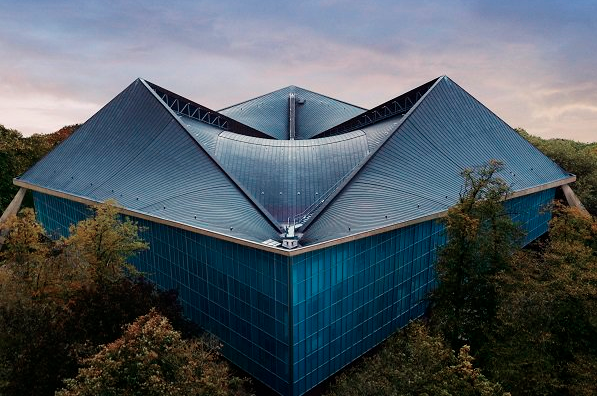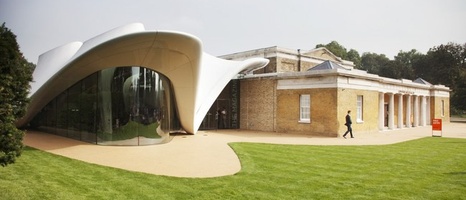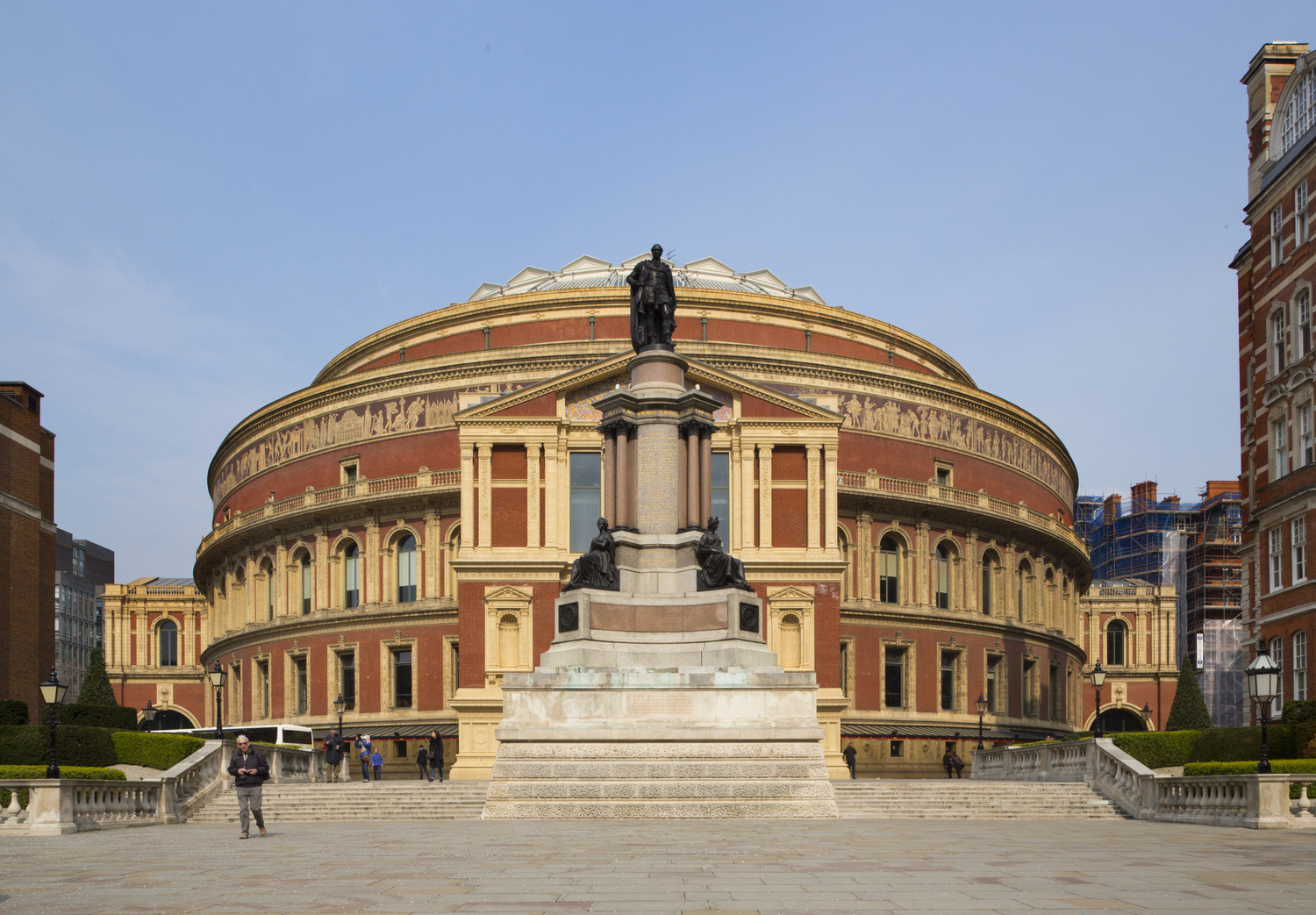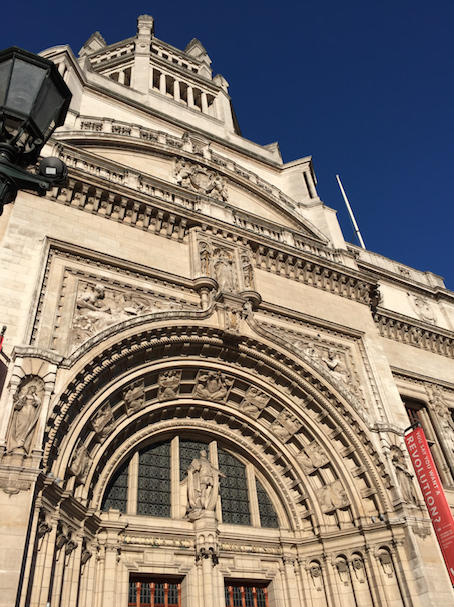
South Kensington is home to a rich diversity of architecture and building design. Since the Great Exhibition of 1851, the area has attracted world renowned architects, many of whom have left their mark on London's cultural centre.
The Great Exhibition was held in Hyde Park as an international celebration of manufacturing. After the exhibition, the proceeds were used to purchase land in South Kensington. Prince Albert's vision was to create a centre for the arts and academia in the heart of Kensington. The South Kensington Museum was established in 1857 and, while itself not the most attractive of buildings, sparked the development of the area. Take a day to stroll through the area and appreciate how architectural style has changed over time.
The Design Museum opened the doors to its new location at the end of 2016, and the building itself is a work of art. The museum's new home is a 1960s, Grade II* listed building, which has been spectacularly repurposed and refurbished for the museum. You simply cannot miss the building's incredible vaulted ceilings – stunningly beautiful from both inside and out. Architectural designer John Pawson led the project to transform the building into a museum space. The museum is currently displaying a photographic exhibition telling the story of the building's transformation.
Find out more about the Design Museum building.
Kensington Palace has been a royal residence since the late 1600s, when William III and his wife Mary II purchased what was then a mansion in the village of Kensington. Christopher Wren was instructed to expand and improve the house. His designs created a building fit for a king. There have since been several small changes and additions to the building – from Queen Ann's Orangery, to the sunken garden. This is a building that has a history of its own.
Find out more about the architectural history of Kensington Palace.
The Serpentine Sackler Gallery is a hidden gem within Hyde Park. The original 19th century brick building was a Gun Powder store, until it was redesigned by Pritzker Architecture Prize laureate Zaha Hadid in 2013. The new design is a fusion of old and new, combining the sharpness of the 200-year-old structure with the smooth clean lines of the extension.
Find out more about the Serpentine Galleries.
Bonus: Want to see more Zaha Hadid designs? The Mathematics Gallery at the Science Museum was also designed by Zaha Hadid Architects. Find out more about the Mathematics exhibition at the Science Museum.
The beauty of Royal Albert Hall is clear to anyone who walks by. It was built as part of South Kensington's cultural boom after the Great Exhibition of 1851. With its domed roof and the intricate mosaic frieze that wrap around the exterior, Royal Albert Hall is a true work of art. However, such beauty can sometimes come with a price; the domed ceiling caused sound to echo, until the hall's ceiling was fitted with acoustic 'mushroom' to correct the issue. Building works are also currently underway to provide new spaces underneath the building.
Find out more about the Royal Albert Hall building.
The V&A museum was established after the Great Exhibition of 1851 in London. Queen Victoria's beloved husband Prince Albert was passionate about the project. The building has gone through many changes since then, and each part of the building tells a different story of architecture and ambition.
The V&A continues to change and evolve, with the construction of a new Exhibition Road Entrance. Using the existing structure of a 19th Century screen, and featuring stunning handmade porcelain tiles, the new entrance will open onto a courtyard and subterranean gallery. The design, by Amanda Levete Architects (AL_A), will allow visitors on Exhibition Road to appreciate the beauty of the V&A's existing architecture, previously been hidden from view.
Find out more about the history of the V&A's architecture. Find our more about the new Exhibition Road Entrance.
The Ismali Centre's South Kensington location is an architectural achievement, combining traditional Islamic design into a building which blends with the South Kensington surroundings. The building also features a beautiful roof-top Charbagh garden, which is sometimes open to the public.
Find out more about the architecture of the Ismali Centre.
The Natural History Museum was purpose-built as a museum space in the late 1800s. The building is unique in its design; architect Alfred Waterhouse was tasked with creating an exhibition space where specimens of all sizes could be displayed, and separated into different categories. The project was spearheaded by scientist Richard Owen, who imagined the museum as a 'cathedral to nature'. Looking at the NHM's imposing structure and grand entrance hall certainly inspires such an image.
Find out more about the architecture of the Natural History Museum.
